Which annual flowers are self-sowing?
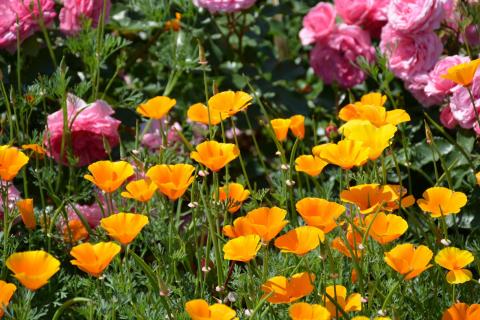
Annual flowers are often incorporated into gardens for their quick growth and colorful, season-long blooms. Some species are especially attractive to bees, butterflies and hummingbirds, making them great additions to the landscapes of those looking to enhance foraging habitat for these creatures.
However, annuals have the downside of needing to be replaced every spring, which requires a significant investment of time, energy and money. For those looking for an alternative, enter the self-sowing annuals, plants that under the right growing conditions will set and grow from seed in the garden with little to no intervention by gardeners. Many self-sowing annuals are perfect for informal gardens in New Hampshire and require very little care. Consider planting some of the following from seeds or transplants in the coming season:
Larkspur (Consolida ajacis)
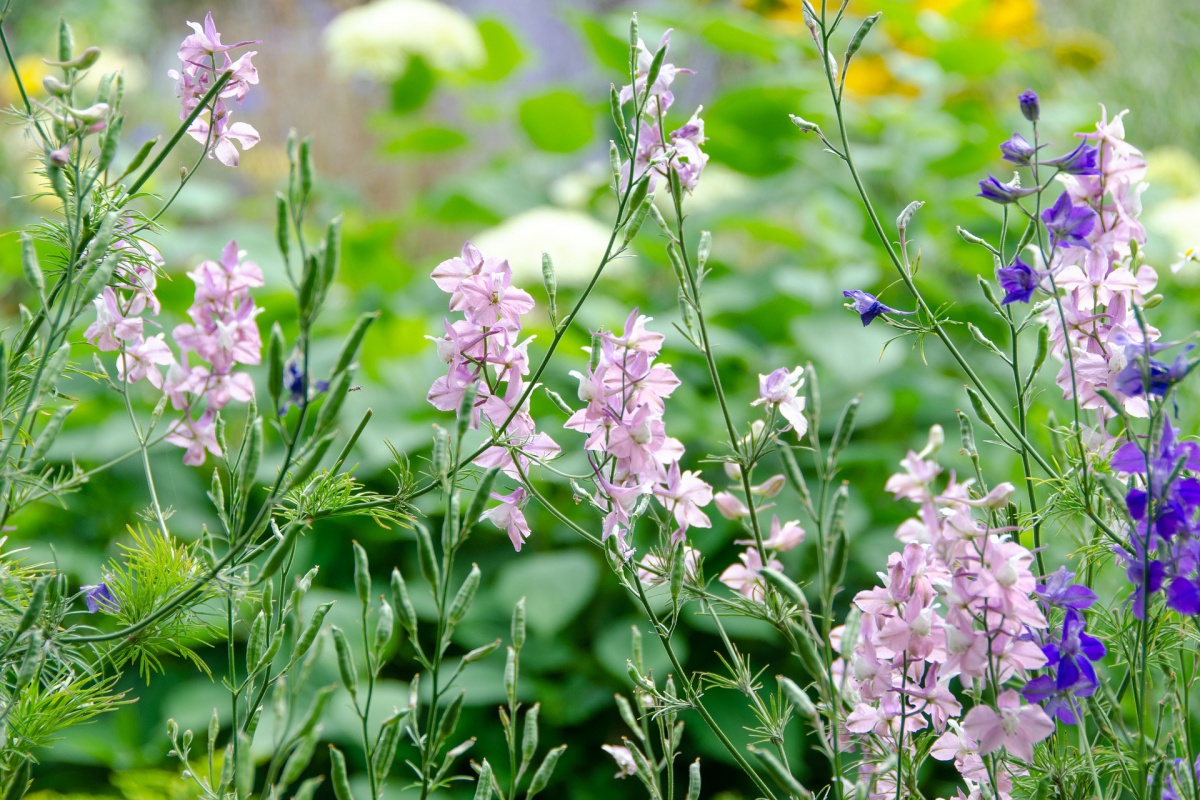
Larkspur is a cool weather annual that blooms primarily in early summer. The spurred flowers are delphinium-like and come in blue, pink, purple or white, depending on variety. Gardens with rich, consistently moist, well-drained soils in full sun are well-suited to this plant, and self-sowing is almost guaranteed. It works very well in old-fashioned cottage gardens or informal perennial borders.
Tall verbena (Verbena bonariensis)
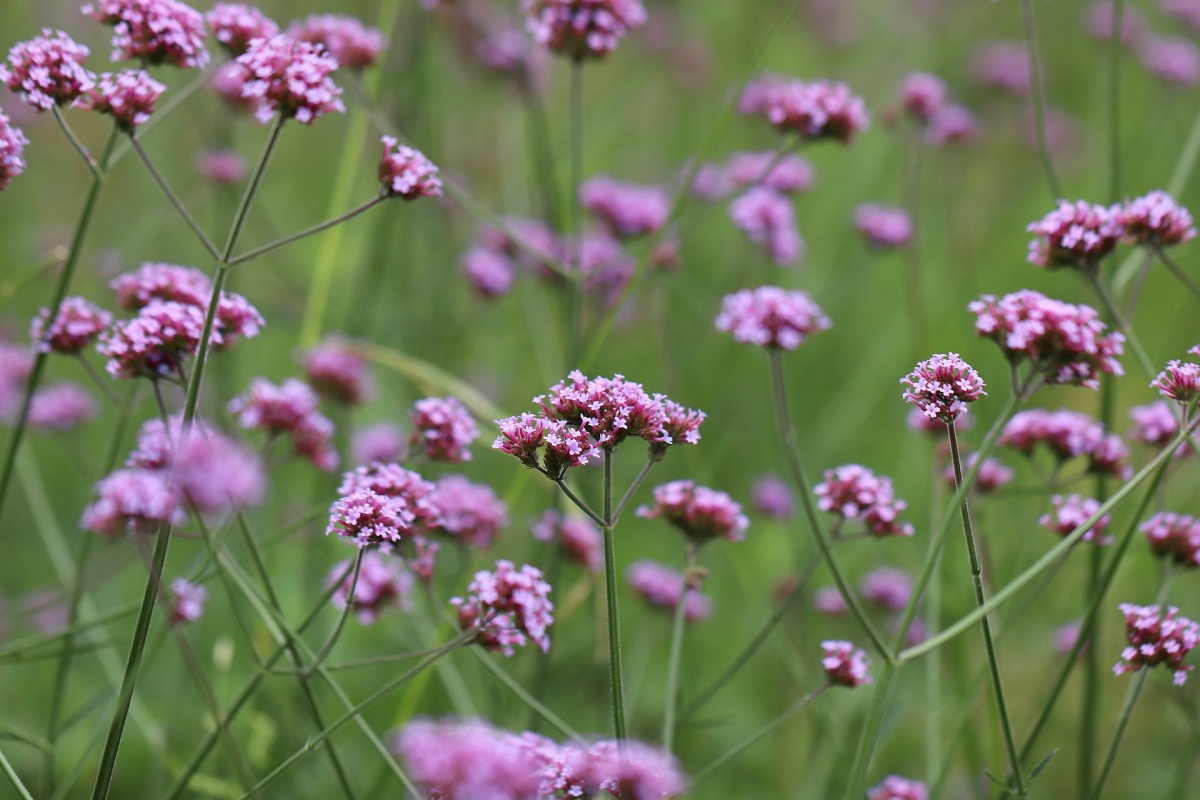
One of the most consistent self-sowing annuals is tall verbena. It can grow successfully in any soil that is well-drained and moist, in full sun to part shade. The plant itself usually forms a basal clump of foliage that hugs the ground and gives rise to tall, upright flowering stalks. Blooms consist of small clusters of light purple flowers that are highly attractive to a variety of pollinators. It can be a lovely addition to mixed flower borders or cottage gardens.
Cosmos (Cosmos bipinnatus)
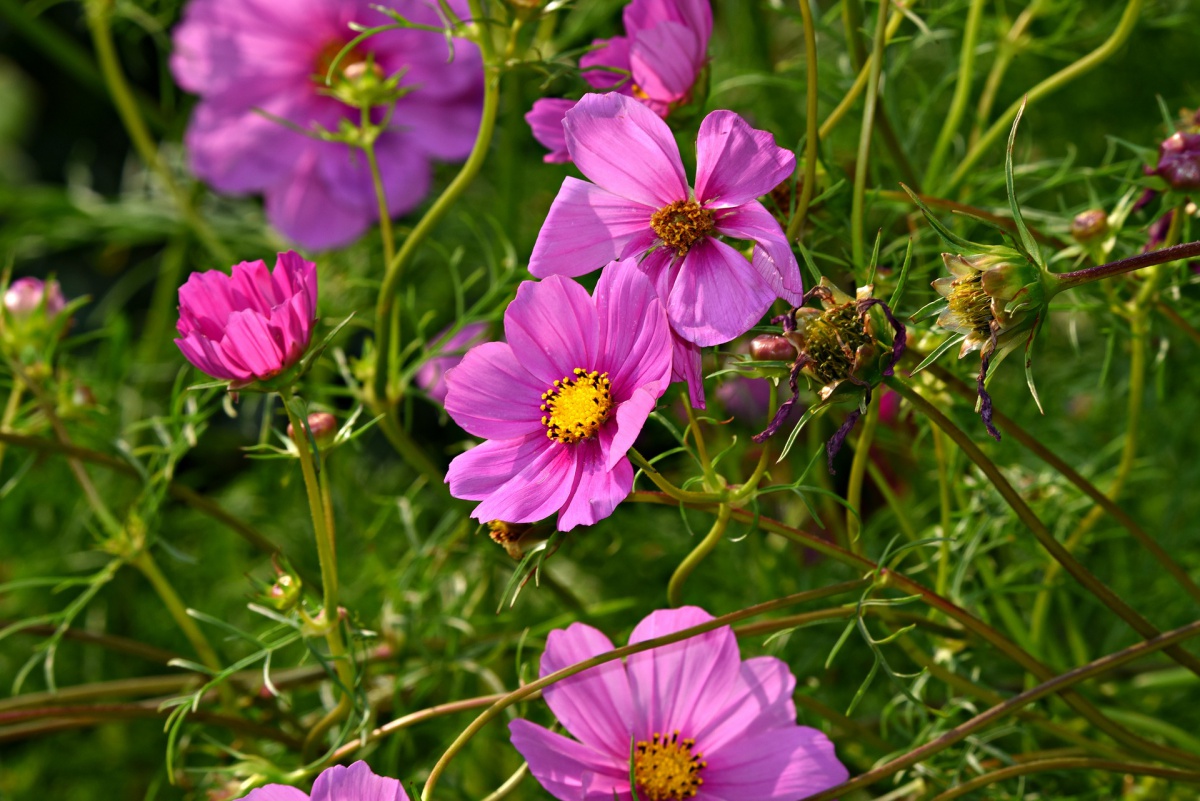
Cosmos is one of the easiest annuals to grow because it does better in average to dry soils versus rich, fertile soils. Blooms are daisy-like with red, pink or white petals and white centers. Plants have ferny foliage that can grow anywhere between one to four feet tall depending on growing conditions. It is attractive to butterflies and bees and makes a nice cut flower. Deadheading will prolong bloom, but leave enough seedheads for self-sowing.
Pot marigold (Calendula officinalis)
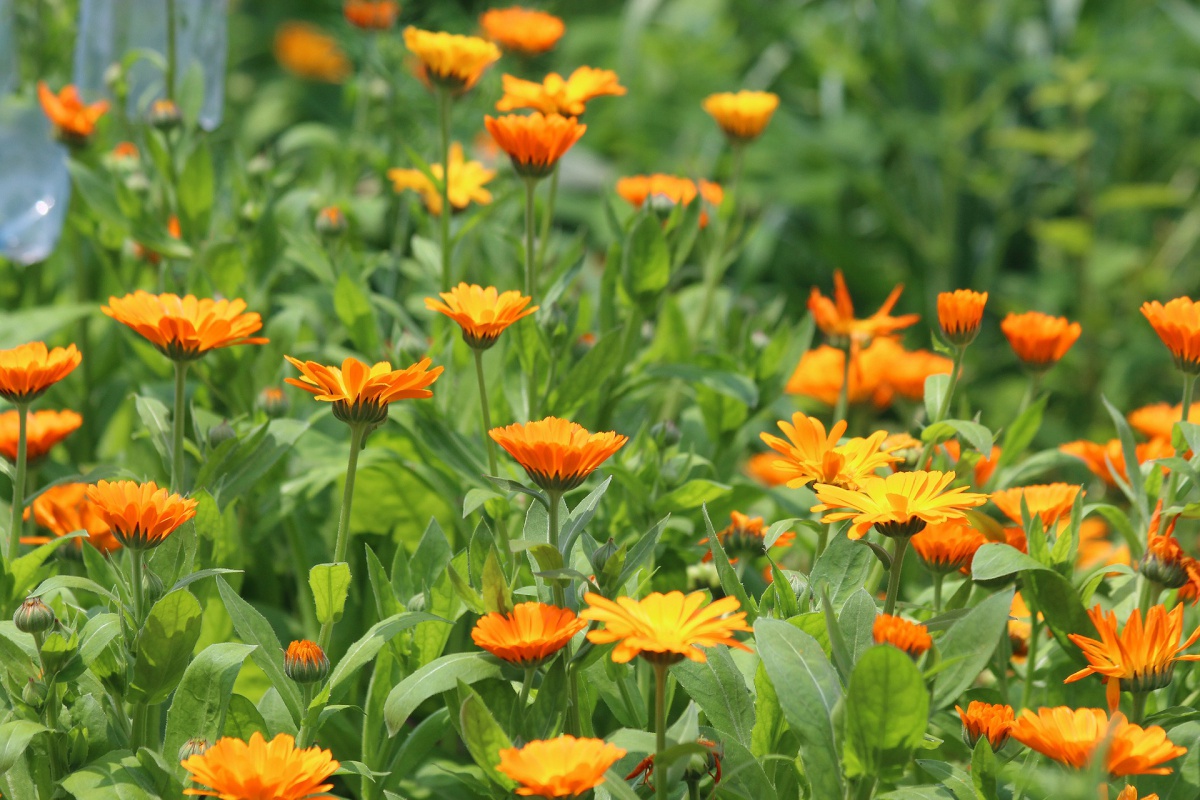
Pot marigold, also called calendula, produces daisy-like, yellow-orange flowers over several months in the summer. It is popularly planted along borders of flower beds or in cutting and herb gardens. Plants will be most successful if they are grown in full sun to part shade in areas with well-drained, fertile, consistently moist soil. Deadheading will promote rebloom, but some seedheads must be left on plants later in the season for reseeding.
Borage (Borago officinalis)

Borage is an excellent choice for gardens with poor, dry, well-drained soil and full sun to light shade. It is drought tolerant and usually ignored by deer, checking off a couple of boxes for many gardeners. The leaves are dull-gray and covered with prickly hairs and are edible raw or cooked when picked young. The flowers droop in clusters from branch tips and have five clear blue petals. They are also edible and are often used to garnish salads, desserts and cold drinks. Borage is nice for informal flower and herb gardens.
Beefsteak plant (Perilla frutescens)
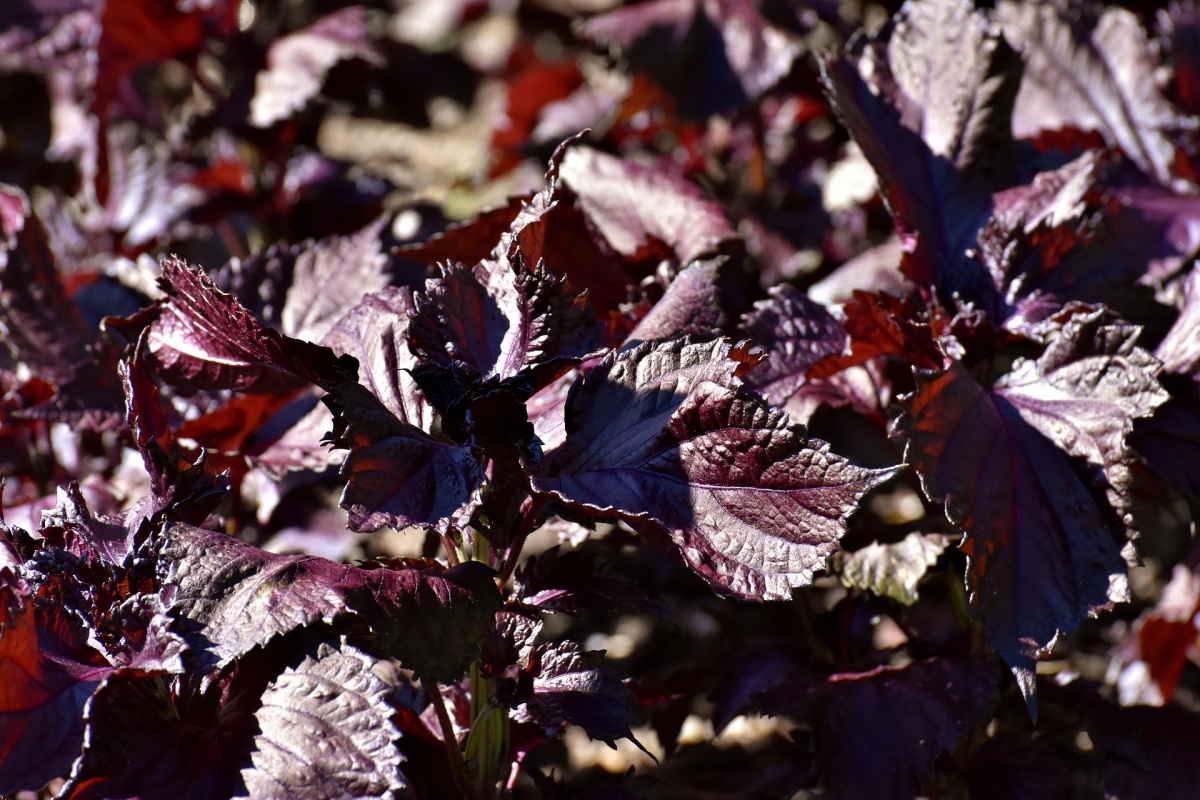
Beefsteak plant is an upright, bushy annual that is related to coleus and has a similar appearance. It is grown for its aromatic green leaves that are tinged with purple (some varieties have deep red leaves that supposedly resemble uncooked beef). The flowers are white but not particularly showy. Beefsteak plant will grow best in moist, organically rich soil in full sun, but it will also tolerate drought, dry soil and partial shade. Plant in beds, borders or herb gardens.
Love-in-a-mist (Nigella damascena)

Love-in-a-mist is an old-fashioned annual that features solitary blue flowers atop “misty” foliage. Spent flowers give way to interesting looking egg-shaped seed capsules that can be dried for floral arrangements. Full sun locations with well-drained, consistently moist soil will produce healthy plants that thrive in late spring through early summer. Love-in-a-mist works well in cottage gardens and mixed beds and borders.
Spider flower (Cleome)
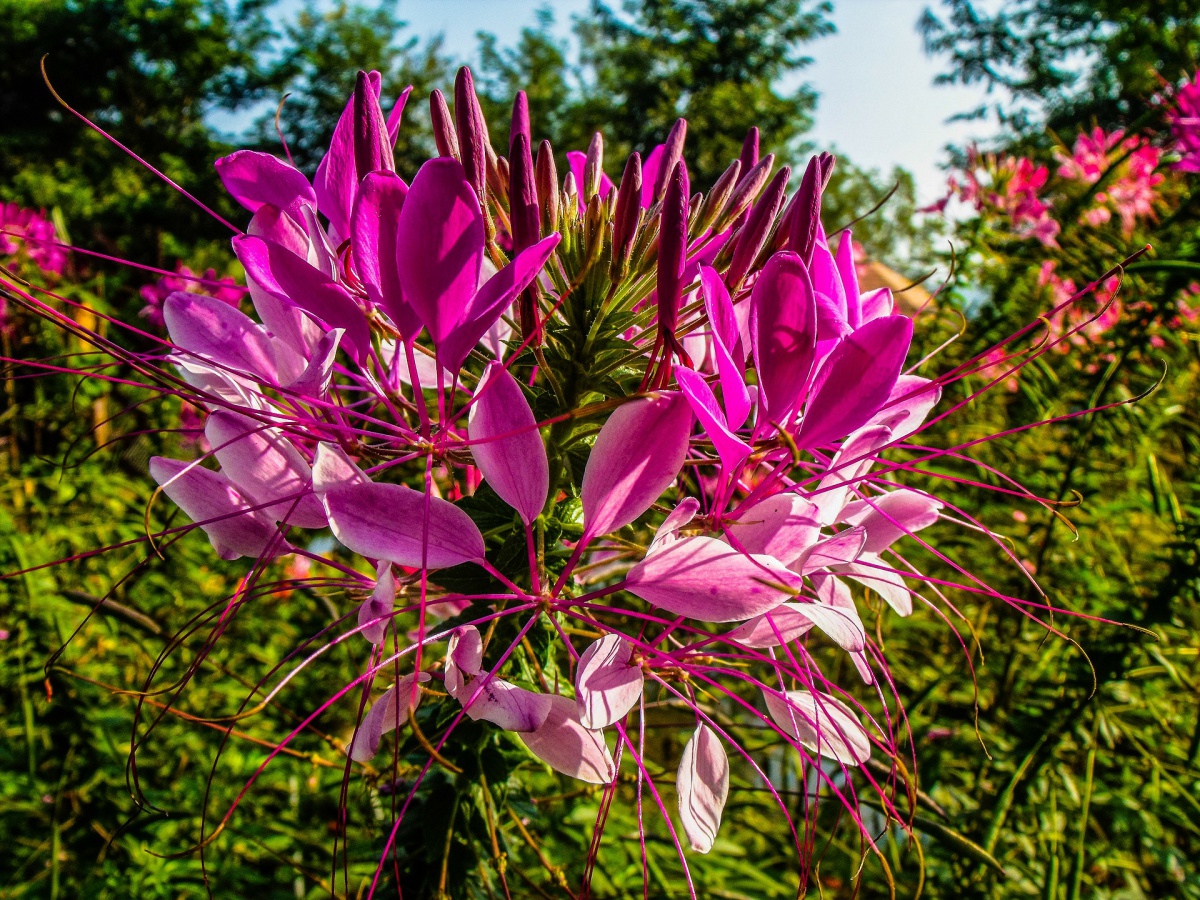
Spider flower is a highly unusual annual flower that gets its name from its unique, spider-like flowers that come in shades of white, pink and purple. Though the flowers aren’t fragrant, they are attractive to butterflies and hummingbirds. This annual is easy to grow in a variety of soil types in full sun and is highly drought tolerant. Under ideal growing conditions, it has the potential to become aggressive in the garden, and the thorny stems can make it difficult to work around. If you want to grow spider flower as a self-sowing annual, make sure to grow it from seed. Many of the newer varieties that are sold in garden centers in the spring are sterile and will not reseed in the garden.
Morning glory (Ipomoea tricolor)
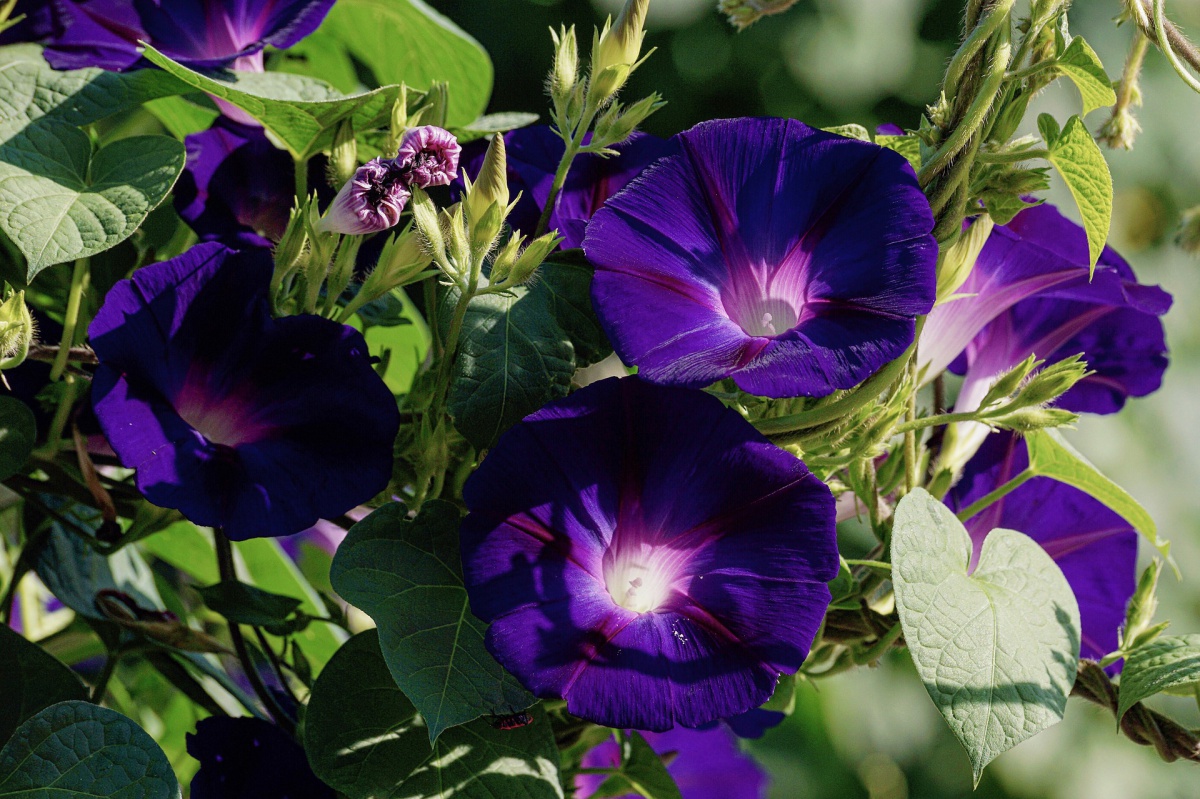
Morning glory is a classic vining annual for trellises that grows in sun to part shade and prefers average to poor soils. The leaves are notably smooth-edged and heart-shaped, while the flowers are funnel-shaped in shades of blue and purple. Morning glory is so named because the flowers open in the morning and fade by the heat of the afternoon. It can self-seed aggressively and must be thinned every year to keep it from becoming weedy.
Plains coreopsis (Coreopsis tinctoria)

Native to eastern and central regions of the United States, plains coreopsis is easy to grow in full sun locations with dry to medium-moisture soil. It is a good choice for gardens with poor, sandy soil, which is so common throughout much of New Hampshire. Plant in wildflower gardens, meadows or the back of perennial borders. Plains coreopsis can grow two to four feet tall with a light and airy habit.
California poppy (Eschscholzia californica)
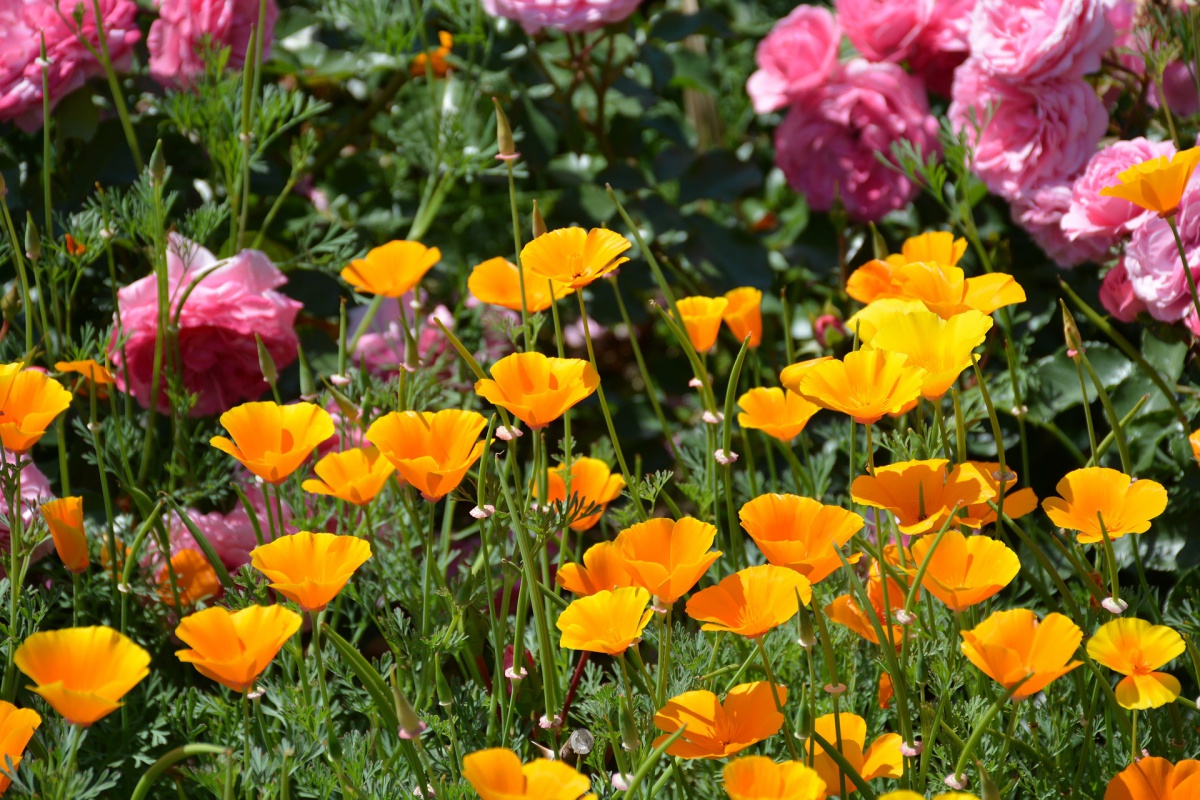
Source: Carl Lewis, CC BY 2.0, via Wikimedia Commons
A short-lived perennial, California poppy is a great option for full-sun gardens with sandy or loamy soil that is well-drained. The foliage is finely-divided and fern-like with a slight bluish-tinge. The flowers are cup-shaped with four yellow-orange petals. California poppy is perfect for the front of borders, rock gardens, along garden walkways or in naturalized gardens.
Keys to Success
- Starting self-sowing annuals from seed is usually the most affordable way to go and, in some cases, may be the only option. Each species will have slightly different growing requirements, but, in general, they can either be started indoors before the last frost or sown directly in the garden. Seed packets and catalogs will list specific planting instructions for best results. It is also sometimes possible to purchase potted self-sowing annuals, but these come with a much higher price tag. Of the species listed above, tall verbena, cosmos and pot marigold are the most likely to be sold at garden centers in the spring.
- It is important to allow at least a few seedheads to develop fully over the course of the season to encourage self-sowing. Deadheading spent blooms early in the season is helpful for stimulating plants to continue blooming but should be discontinued nearer the end of the growing season. Cool season annuals like larkspur and love-in-a-mist will go to seed and die back in the heat of the summer. Once seedheads are brown and dry, gently shake them over the soil to disperse seeds before removing spent stalks.
- Avoid using bark or wood mulch in areas with self-sowing annuals. Annual seeds need direct contact with the soil to germinate, something heavy mulches will expressly restrict. Instead, leave soil bare, or mulch with a thin layer of chopped leaves or grass clippings that will break down as the season goes along.
- If you start annuals from seed, take pictures of them in the seedling stage early in the spring so that you can remember what they look like. Come the following spring, look closely for matching seedlings of self-sowing annuals and decide which ones you want to keep. There will often be far more seedlings than you want in your garden and not enough space for them to grow. The process of “editing” the garden by thinning and pulling up certain annuals can be very satisfying in the spring. If you’re not sure whether a plant is a desirable annual or a weed, there is no harm in letting plants continue to develop until they are recognizable. To avoid disrupting the soil and seedbed, some gardeners find it helpful to clip annual weeds down at the base rather than pull them up and disrupt surrounding self-sowing annuals.
- If you ever decide that you no longer want self-sowing annuals in your garden, simply weed thoroughly in the spring and cover soil with a thick layer of mulch that will prevent germination.
- Most plants require ideal growing conditions to self-sow in the garden. If a particular plant doesn’t seem to be coming back from seed, try another. There’s a perfect self-sowing annual for practically any sunny garden!
Do you love learning about stuff like this?
SUBSCRIBE TO GRANITE STATE GARDENING
A monthly newsletter for New Hampshire gardeners, homesteaders and plant-lovers of all kinds, that includes seasonal suggested gardening tips, upcoming events and articles with proven solutions for your garden and landscape.
Got questions? The Ask UNH Extension Infoline offers practical help finding answers for your home, yard, and garden questions. Call toll free at 1-877-398-4769, Monday to Friday, 9 a.m. to 2 p.m., or e-mail us at answers@unh.edu.

